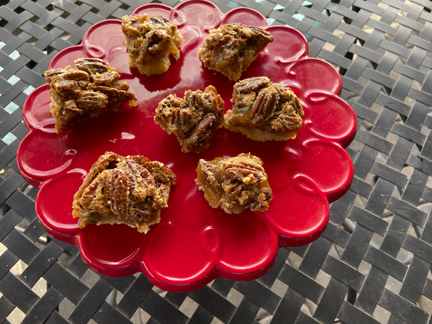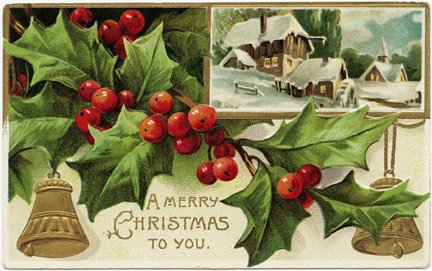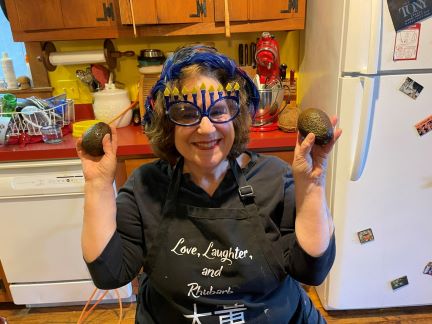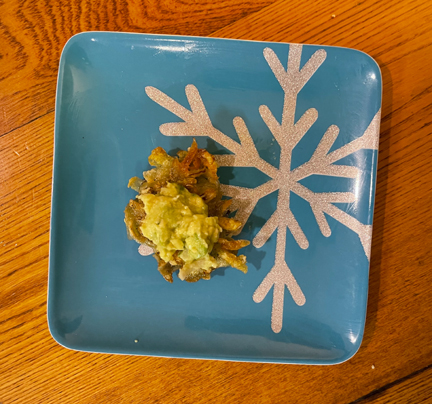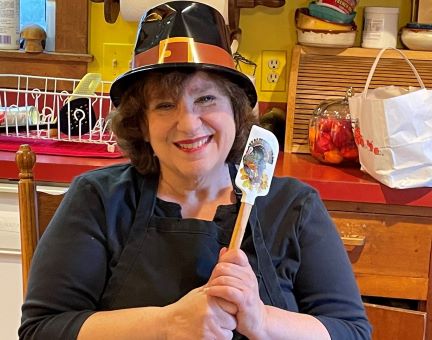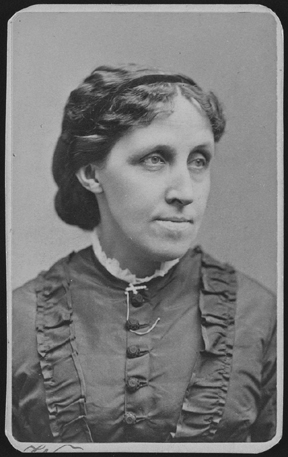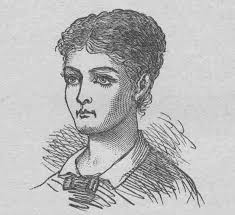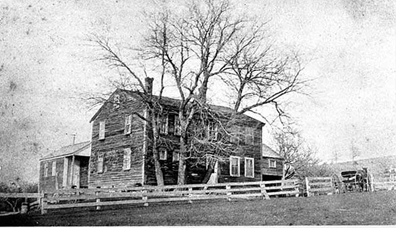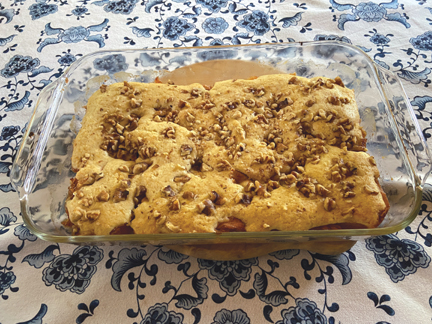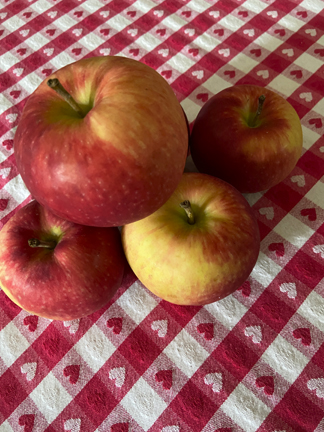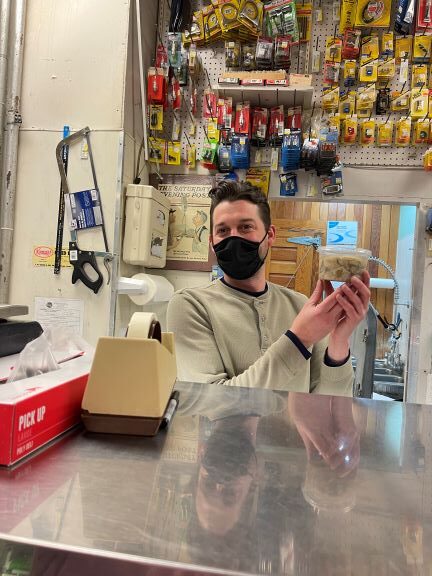
Matt Armstrong at Avery’s shows off his oysters.
I was thrilled recently to find shucked oysters in the meat case at A.L. Avery & Son, the general store in Charlemont, Massachusetts.
Avery’s sells oysters only from late November to mid-January, and even then they are’t always in stock. I try to make a point of buying these expensive treats at least once during the holiday season.
I’m always amazed to realize that oysters were plentiful and cheap as recently as the early 20th century.
When my grandmother, Clara Engel Hallett, was a freshman at Mount Holyoke College, she used to walk into the center of South Hadley and bring back inexpensive oysters for secret feasts in her dorm. (Eating in one’s room was emphatically NOT allowed at the college in 1908.)
In her old age she chuckled as she recalled encountering a faculty member on the main street of town as she returned from an oyster-fetching errand.
The faculty member engaged her in conversation for several minutes. Both the teacher and young Clara studiously ignored the oyster liquor that was dripping onto my grandmother’s dainty white shoes from the paper bag she was holding.
Oyster suppers were common occurrences in my hometown of Hawley, where voters often enjoyed them after annual town meeting in the 19th and early 20th centuries.
In a scrapbook saved from the Civil War era by my late neighbor Ethel White and her family, a newspaper clipping talks about an oyster-filled surprise party held for J.G. Longley, one of the town’s “old bachelor citizens.”
Longley returned home from shopping to find “to his surprise and consternation that forty or fifty of his neighbors, whom he had never suspected of any ill before, had taken possession of his house and were practically converting the old mansion into a saloon for cooking oysters, melting sugar, &c. At first he was somewhat disconcerted, being hardly able to decide whether he was himself or somebody else. He very soon recovered his sense, however, and satisfying himself that their motives were not of an incendiary nature, went in and rendered very efficient aid in disposing of the oysters and other delicacies with which the tables were spread, and joined quite freely in the ‘laugh and song that floated along’ as the wheel of time went round.”
Overfishing meant that by the mid-20th century an oyster feast for 40 to 50 people was unaffordable for most Americans. The practice of exhausting oyster beds also did damage to the environment as both oysters and their reefs fulfill important ecological functions.
To make matters worse, oysters are sensitive to pollutants. When they weren’t overfished, they were rendered sick (and unsafe to eat) by toxins human beings introduced into the water.
Today oysters are being reintroduced into many American waterways. They will probably never be plentiful enough to be inexpensive, but they will at least survive.
I applaud the efforts of state and national environmental groups to create new habitats for oysters—and I treasure the few oysters I eat each year.
The recipe below is one my aunt, Lura Hallett Smith, used to prepare at least once or twice each winter. She always served a crowd and therefore multiplied the recipe several times. She probably cooked it a little longer because of the multiplication.
When I made the recipe recently to share with my sister-in-law, I halved it and baked it in a very small casserole dish. The two of us didn’t need more. The dish is very rich.
I love it despite (or pehaps because of) that richness. It tastes of butter and of the slightly salty merior of the oysters.
“Merior” is a term used by fishermen and seafood aficionados to signal the ways in which a piece of seafood takes on characteristics of the water in which it was grown, just as “terroir” indicates the qualities of soil and climate in which plants are grown. “Mer” means ocean in French; “terre,” land.
I am not enough of an oyster connoisseur to be able to tell one oyster from another, but I know that some people can. According to the New England Historical Society, “Diamond Jim Brady once spat out an oyster served him at New York’s Delmonico’s restaurant. ‘That’s not a Wellfleet oyster!’ exclaimed the Gilded Age gourmand.”
The oysters I purchased at Avery’s didn’t come from Wellfleet but rather from Virginia. Still, they were the same species of oyster Brady prized, Crassostrea virginica. And they tasted pretty darn good.
The Oysters
Ingredients:
1 pint shucked oysters with the liquid in which they were packed
1-1/2 cups saltine cracker crumbs
1/2 cup (1 stick) melted sweet butter
salt and pepper to taste
2 tablespoons cream
Instructions:
Drain the oysters, reserving the liquid, ak.a. the oyster liquor. Rinse the oysters to clean them. Pat them dry with a paper towel. If your oysters are very large, cut them into bite-size pieces.
Preheat the oven to 425 degrees. Butter a shallow baking dish. Blend the crumbs and the melted butter, and sprinkle about third of the mixture in the baking dish. Cover with half of the oysters. Sprinkle on a little salt and pepper, followed by 2 tablespoons of the oyster liquor and 1 tablespoon cream.
Put in another third of the crumb mixture, followed by the other half of the oysters plus more salt and pepper, another 2 tablespoons of oyster liquor, and the rest of the cream. Cover with the remaining buttered crumbs. Bake for about 20 minutes, until the top begins to turn golden. Serves 4.
